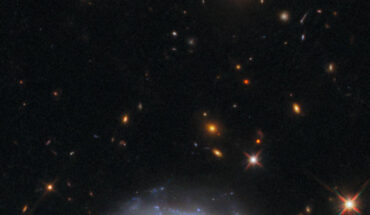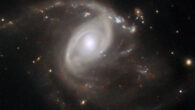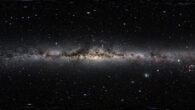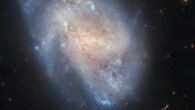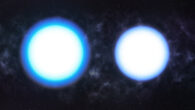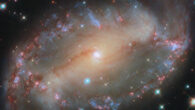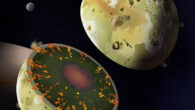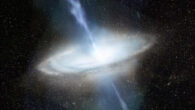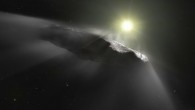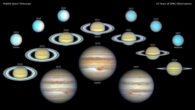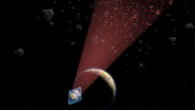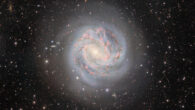This new image from the Wide Field Camera 3 (WFC3) aboard the NASA/ESA Hubble Space Telescope shows a tiny patch of sky in the constellation of Hydra. This Hubble image shows several galaxies in the constellation of Hydra. Image credit: NASA / ESA / Hubble / D. Erb. Behind a bright star in the lower part of the Hubble image is a galaxy named LEDA 803211. “At 622 million light-years distant, LEDA 803211 is close enough that its bright galactic nucleus...

